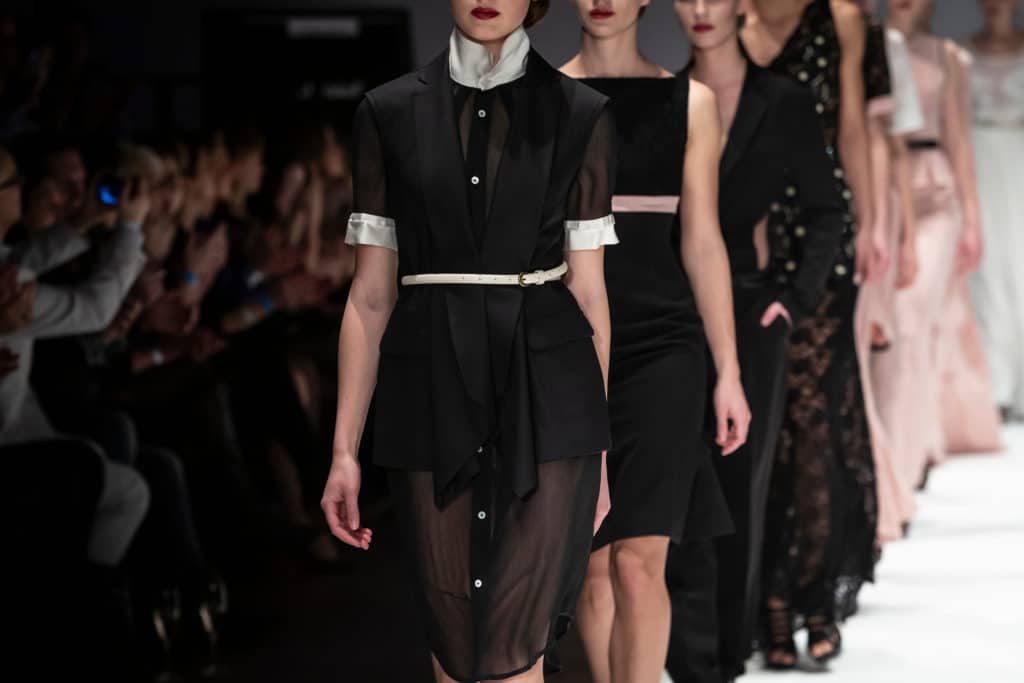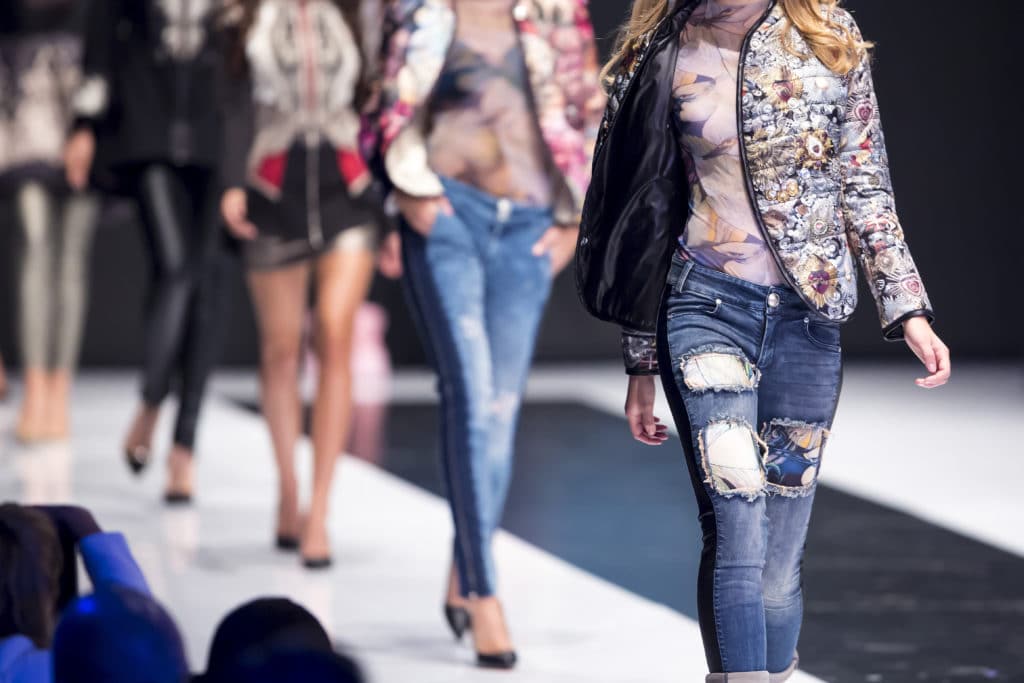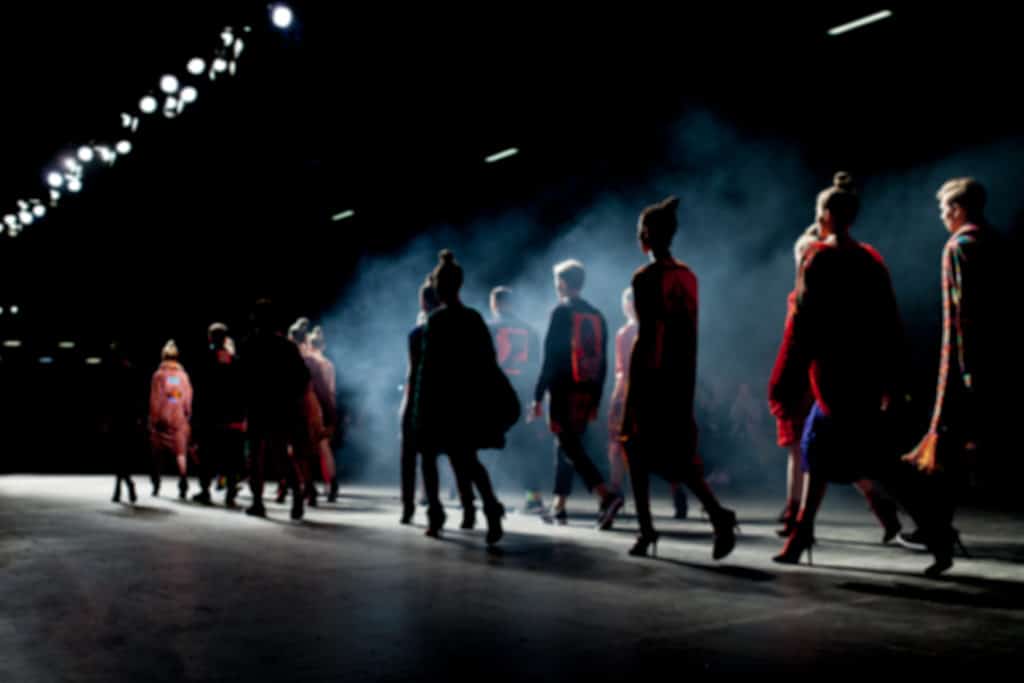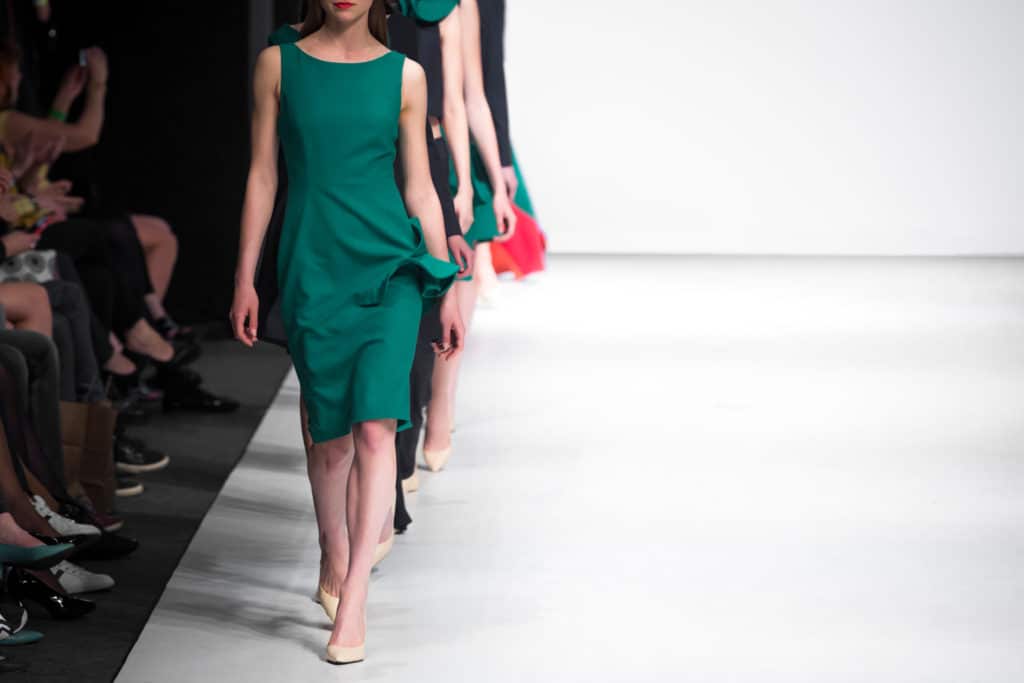Do We Have Supermodel Culture?

There is no denying that models and the fashion industry have had a huge impact on pop culture and the way we live our lives.
As a society, we have made it easier to follow the private lives of anyone we like. Celebrities including models are easily surveyed via social media and the internet. This in turn has meant their influence on pop culture is more prevalent than ever.
So how have models affected pop culture? Let’s take a look.
What is Supermodel Culture?
‘Culture’ refers to the ideas, customs, and social behaviours of certain people or society as a whole. So ‘supermodel culture’ simply refers to how supermodels have affected the general population in terms of their thoughts and actions.
How Have Supermodels Affected Society?
Diet & Fitness
While health has always been an important thing, models have boosted the emphasis on it. We are obsessed with knowing how models achieve their figures.
This is despite many of us knowing that, even if we followed their exact diet and exercise regime, their looks have a lot to do with good genes. We are all built differently and many of us would never be able to naturally achieve the slender look supermodels have.
Diet and fitness aside, we are also much more conscious of mental health and general wellbeing. Many models claim to rise early and meditate to keep their minds strong. Miranda Kerr and Gisele Bundchen both claim to be fans of Transcendental Meditation, a practice of developing inner peace and wellness.
Skincare & Makeup
Models have a huge influence on what we put on our skin. It’s easy to see why; with their generally flawless skin, many of us will spend hundreds of pounds to try and emulate their natural lit-from-within look.
Of course, there are some models who do not have perfect skin, but even they are able to promote certain products. This is because just the idea of using a brand used on models is enough for many of us to buy into a product without knowing its full capabilities. Basically if it’s good enough for a model – whose whole job is to be beautiful – then it must be good enough for us.
Some models have even released their own ranges of skincare; Miranda Kerr created KORA Organics and regularly promotes it on her social media platforms. Other models become associated with certain brands; for example, Karlie Kloss and Kendall Jenner have both worked for premium skincare and make-up brand Estee Lauder.
Many models get paid to advertisement products, even if they don’t use them themselves. Make sure you look out for paid adverts before you spend money on a product endorsed by a celebrity.

Advertisements & Sales
Models are natural influencers, and social media has meant they now have direct access to their fans. This means they can easily influence sales of certain products, whether from their own brands or from brands they are affiliated with.
Models will leverage the fame that modelling provides them to make money elsewhere. Some use their reach to create other businesses, while others move into other careers; Cara Delevingne was able to bag some Hollywood film roles due to her modelling career.
It’s not just typical beauty and fashion products that models are seen promoting nowadays. Holidays, slot machines, events, weight loss products… the list of marketable items is limitless, as is their earning potential.
People are becoming much more conscious of the false advertisements and altered realities they are shown due to the recent “ad” rules set forth by the Advertising Standards Authority. This rule states that influencers must state clearly when they are being paid to advertise a product to their fans. The rule makes it easier for fans to separate genuinely loved products and services from those that are paying to be advertised by certain people
Diversity
In the 90’s and 00’s, it became fashionable to be extremely willowy and slender. The lack of diversity in the modelling industry meant that this “ideal” became a societal norm, and anyone who didn’t fit into this generally felt outcast and pressurised to do something about it.
Fortunately, the public has recently demanded far more diversity in fashion and the modelling industry has taken note. More ethnicities and body shapes are being seen on runways and in magazines. It is especially noticeable with high-street brands; Asos and Missguided regularly use plus-size models and they have stopped editing their photos.
In high fashion, however, there is still an extreme lack of representation. In 2020, Chanel featured their first “plus-size” model in a decade; however, there was uproar when images of model Jill Kortleve surfaced as she is considered by the public to be slender. High-fashion labels “plus-size” from a much smaller size than high-street. While catalogue models are considered plus-size from the side of 12 upwards, in high fashion anyone above a size 8 can be considered “plus-size”.
This lack of diversity has caused public outcries of unfairness. Now more than ever, the public is requesting to see more realistic standards of beauty, and this can be seen in campaigns and adverts across the world as brands try to meet these reasonable expectations.

Body Image Issues
Models are among the most beautiful people in the world. They tend to have uncommonly lean, slender physiques. Unfortunately, their high presence in pop culture means the nation now believes this sort of body type is the norm. It’s virtually impossible for the everyday person to achieve this body type; not only are supermodels very tall, but they also tend to have a naturally low body fat percentage and a proportional body.
This has resulted in low self-esteem issues for much of the population. Both men and women are affected by the standards celebrities set for us on social media. While women are constantly fighting to lose weight and be a certain size to feel attractive, men feel they must build muscle and match the aesthetic appearances of celebrity models like David Beckham.
But while it’s a models job to look a certain way, normal people will struggle to meet the requirements that such a lifestyle demands. Models have both the time and the money to put a lot of effort into their appearance; this is combined with their lucky genes. It’s unrealistic for everyday people to expect the same sort of results. This results in burning out and poor mental health.
Fortunately, the fact pop culture is beginning to embrace diversity also has a positive impact on the nation’s body image. An increase in models with differences – for example, Winnie Harlow who has Vitiligo, and Hunter McGrady who is plus-size – means it is far more widely acceptable to be less than perfect.

“Having It All”
Models utilise social media for more paid opportunities. To do this, they must meet the demands of thousands – sometimes millions – of followers. Models put a huge amount of pressure on themselves to meet these expectations.
That’s why, when you go onto a model’s social media profile, more often than not you will see endless flawless photos. These photos are usually staged and edited for a polished, perfected finish.
Unfortunately, being fed dozens of “perfect” images has left the public feeling jealous and unworthy. We see the glamorous lifestyles that models appear to live and we wonder if we will ever be able to obtain such perfection. We forget photos are edited and that we are not shown “real life”. No one lives the perfect life – but that’s easy to forget when all you are shown is perfect image after perfect image.
Models have accidentally build themselves a bit of a cage. Fans now expect to see nothing less than perfection. Any photo that doesn’t meet these dizzyingly high expectations can anticipate aggressive critique from the masses. In turn, models must think of more images that will satisfy their impatient fans.

What’s in the Future?
We can expect to see more changes to pop culture thanks to the modelling industry. As diversity continues to thrive, we should see more and more people on the runway who defy the classic model look.
High fashion may choose to stubbornly stick to its guns, but they may find sales improving if they follow catalogue’s example and hire a more varied range of models. The public has not been quiet about their requests to see more examples of achievable beauty. As social media, in particular, has such an influence on the public, their request to be shown more body positivity will hopefully be met with an exciting and beautiful array of new models.